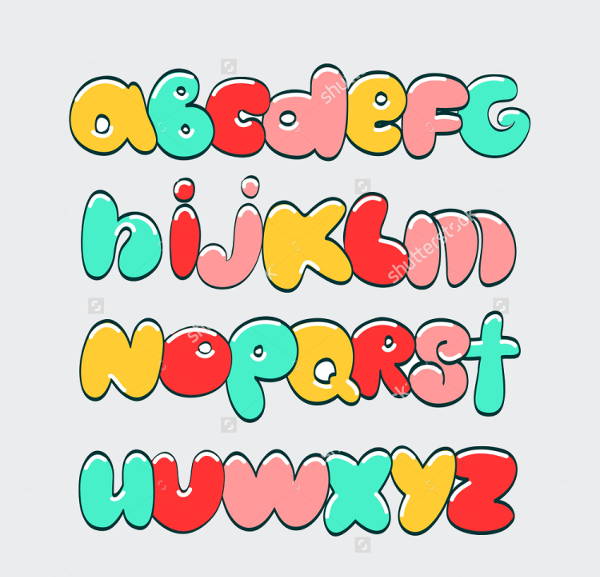

/preview-56a80fd65f9b58b7d0f04c6d.jpg)
I suppose the pronunciation of some words (no matter the language), just need to be learned. However, I believe those extra symbols that they never would see written in English just tended to confuse them. It might have helped them use a dictionary. When I tutored ESL students way back in my college days, that’s what we often did. You could have used the phonetic symbols to represent these sounds as used in the dictionary. Why the hell would spelling be different from its pronunciation?! Weird.Ĭ is also handy when when combined with H to make the /ch/ sound. Well done!Įnglish spelling is easy enough. Regarding the April Fool’s joke, I nearly took the bait and was preparing to write a comment in protest of the change when I paused and considered how the story sounded like a report from “The Onion”. Want to improve your English in five minutes a day? Get a subscription and start receiving our writing tips and exercises daily! Keep learning! Browse the Spelling category, check our popular posts, or choose a related post below:ġ6 Responses to “38 Letters of the Alphabet” The subject of alternate spellings is best reserved for another post. Alternate spellings also exist for many of the sounds represented by the single letters. NOTE: Alternate spellings exist for the sounds /ow/, /oi/, /aw/, /er/, and /sh/. Here are 12 combinations that represent distinct speech sounds:Īny way you cut it, English spelling is complicated, but knowing about the combinations that represent sounds not in the alphabet can clear up a lot of the confusion.Īs for getting rid of any of the letters, the Defense of Z on April 1 shows how popular that idea would be! The truth is, we use letter combinations as “extra letters” to represent speech sounds that are not represented by any of the single letters. Much of the confusion regarding English spelling comes from pretending that English is spelled with the 26 single letters of the alphabet. That takes care of the 26 letters of the English alphabet, but that’s not the end of the story. The letter y can stand for either a consonant or a vowel:Īs for the vowel letters a, e, i, o, and u, the sounds they represent number at least 12 (In American speech, the vowel sounds of father and on are the same): Of the five remaining consonant letters, f, g, s, x, and y, four represent distinct sounds of their own, but can also represent consonant sounds already represented by other letters: With a u it stands for the sound /kw/: Iraq, queen.

C has no sound of its own, but is an alternate spelling for the sounds /k/ and /s/ as in camp and cent. If we want to think about getting rid of “unnecessary” letters, the best candidate is not z, but c. Of the 26 letters in the English alphabet, only 14 stand for a single speech sound: As everybody knows, and nearly everybody loves to point out, English does not enjoy a perfect alphabet. The comments are still coming in and make enjoyable reading.Ī “perfect” alphabet would have one letter for every speech sound. 38 Letters of the Alphabet By Maeve Maddoxĭaniel’s post on the letter Z certainly had the readership hopping on April 1! Most readers quickly got the joke and joined in on the April foolery, but a few seemed to be really annoyed with us.


 0 kommentar(er)
0 kommentar(er)
